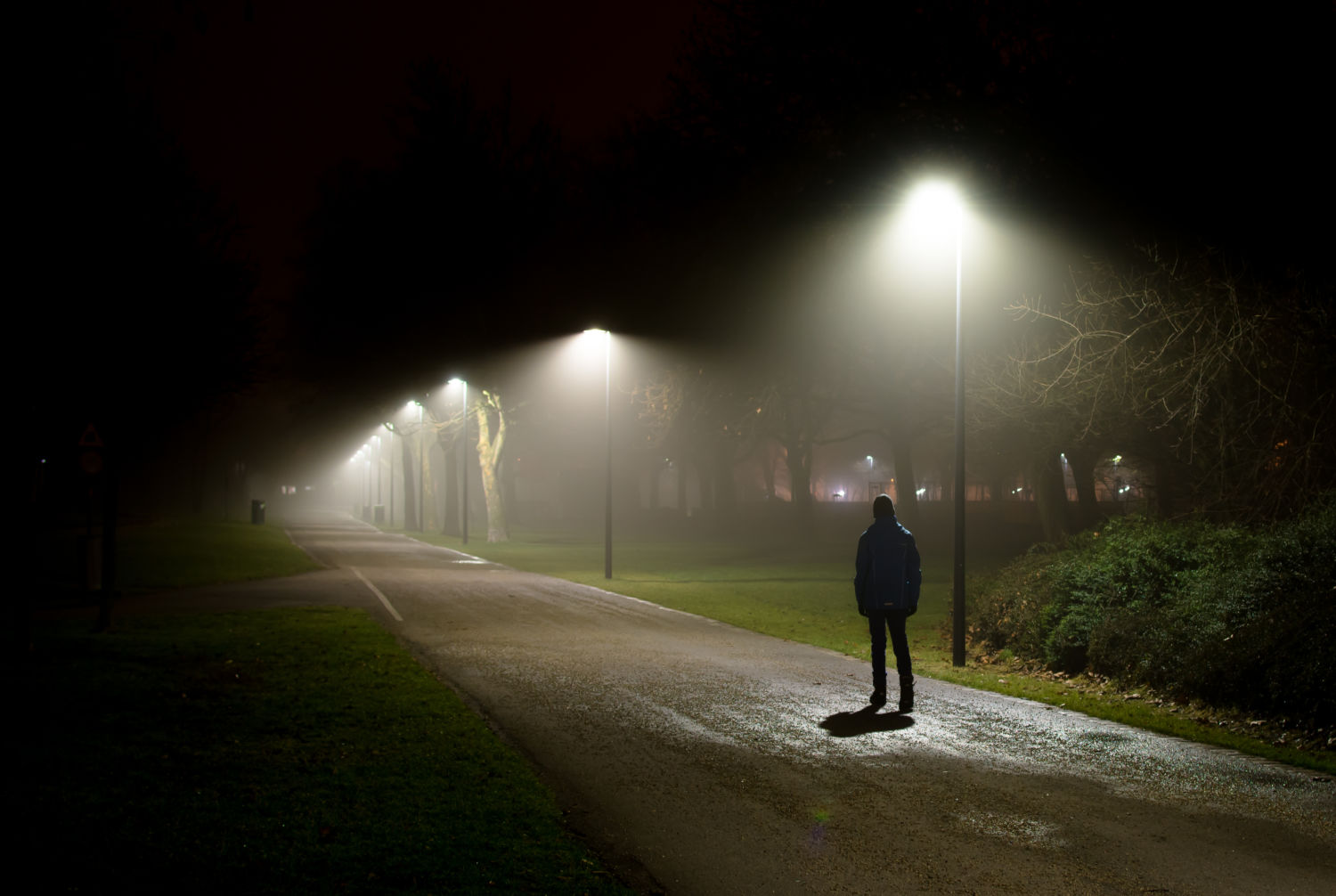The world can be a scary place. We’re bombarded with stories of rapes, assaults, and muggings at every news outlet and, when night falls, it’s difficult to walk home without these having a profound effect on how we see the world around us. SafeTrek, founded in 2013, has created a simple but ingenious app that helps users feel safer in their day-to-day life by transforming their smartphone into a silent bodyguard. The Huffington Post reported that co-founder Zach Winkler was attending the University of Missouri when he realised that many women didn’t feel safe walking around the campus, and decided to do something about it. When users are in a situation that makes them feel unsafe, they open the app and hold down the button displayed on the screen. If nothing happens, they can take their finger off the button and enter a four-digit pin number, assuring the app that they are safe. However, if your instincts prove to be correct, then merely taking a finger off the button and not entering the pin informs the local police that you’re in danger, and uses the mobile GPS to pinpoint exactly where you are. The app is an alternative to a 911 call, which for various reasons is impossible or dangerous. Many people in domestic violence situations feel unable to call for help because it would provoke their partner and place them in more danger. In addition, 911 doesn’t have a location tracker, so even if you manage to call the number and are unable to speak, they won’t be able to find you with any precision. Based in St. Louis, the app is now available nationwide. At the time of this article’s posting, nearly 43,000 people had used the app in the last 30 days. The vast majority of the users are women, who can be made to feel unsafe carrying out day-to-day tasks and the app has helped them feel more comfortable. Winker told The Huffington Post that many people suffer PTSD or extreme anxiety in situations that make them feel unsafe and that causes many of them to sign up for SafeTrek. “What we’ve found is that just holding the button helps relieve a lot of anxiety,” he said. San Diego news outlet CBS8 spoke to Misty Steele, who works late nights and worries about her safety, especially after recent sexual assaults in her area. “It scares me – it makes me think I’m not going to make it home to my children,” she told the website. “I always look around – behind me – I let everyone know when I’m going to be home at a certain time and I always try to get rides because I don’t feel safe walking.” The Washington Post reported that women are twice as likely as men to feel unsafe walking home and this highlights the important distinction between violence and the fear of violence. Although we have statistics to show how prevalent violence towards women is, it is much more difficult to quantify how much fear people feel and how that fear alone affects them. Many women forgo nights out in certain areas because they’re afraid to walk home alone. They might want to go for a jog but decide against it because jogging in the dark is dangerous. Even an outfit might make a woman feel unsafe and all of these fears are legitimised by the society that surrounds us. Bustle reported that Ramapo College in New Jersey controversially advised female students to be aware of their facial expressions in order to avoid inviting assault. As well as making people feel safer, SafeTrek is also plotting the data they’ve gathered so far on where people feel most unsafe, hoping to work with local police departments to improve the area. “Maybe it’s installing an extra security light? Maybe it’s more security patrols? Either way, there should be a way to make people feel safer,” Winkler told The Huffington Post. One in five women have been raped, state Vox magazine, but almost all women have feared it. Violence can be quantified, but the fear of it cannot and it is this fear that SafeTrek hopes to alleviate by providing a non-intrusive tool that allows people to feel safer.
Turn your phone into a silent bodyguard with SafeTrek app
By Techli
11 abril, 2018









